Really Important Lighting Stuff pt 2.
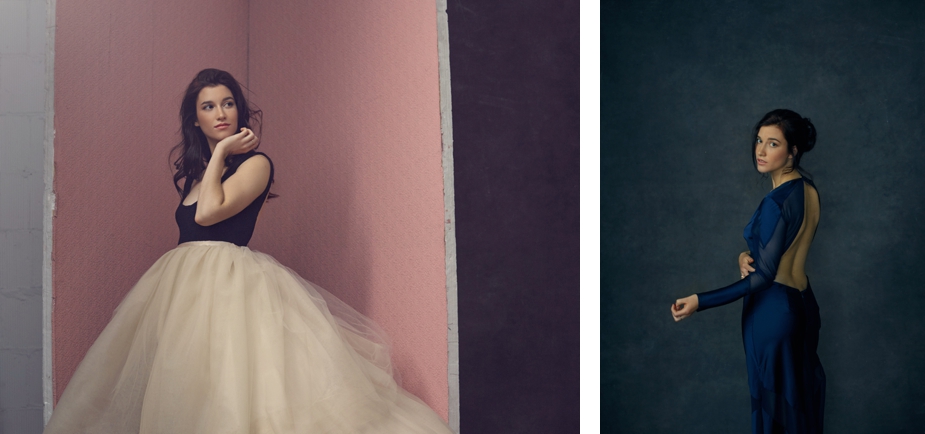 I’m continuing my series on attending Felix Kunze’s workshop focused on studio lighting. If you are just joining us, click below to catch up on the series:
I’m continuing my series on attending Felix Kunze’s workshop focused on studio lighting. If you are just joining us, click below to catch up on the series:
Really Important Lighting Stuff pt 1.
It’s often the light you don’t see that matters.
You might want to ready that again: It’s often the light you don’t see that matters.
This was my big lesson for this workshop… a topic I will explore in this blog post.
Painterly Fill Light 101
When I first started out learning studio lighting, I studied blogs, books, magazines. I looked at what I thought what mattered most: the key light, which mainly lit the subject in a way the defines shapes and shadows.
However, after studying old paintings in fancy museums, subtle shadow details revealed what my camera couldn’t. There was something missing and I didn’t know how to put my finger on it. Painters, I guess, have it easier. With a brush, they can create all the shadow detail they want, in the proper contrast and tonality they wish. Lucky bastards.
I knew there had to be some sort of special sauce, a golden ratio that made all the difference.
World-class chefs often spend a decade learning the basics, only to find out the “secrets” are often in one thing: fresh ingredients. Not some special tool. Or unique technique.
Dan Winters and David Hobby inspired me to being exploring on-axis fill years ago. That got me close. A new palette of lighting options, yes.
Learning from these talented photographers didn’t define my style.
It informed it.
Working with Felix taught me this (my bridal clients will love this!):
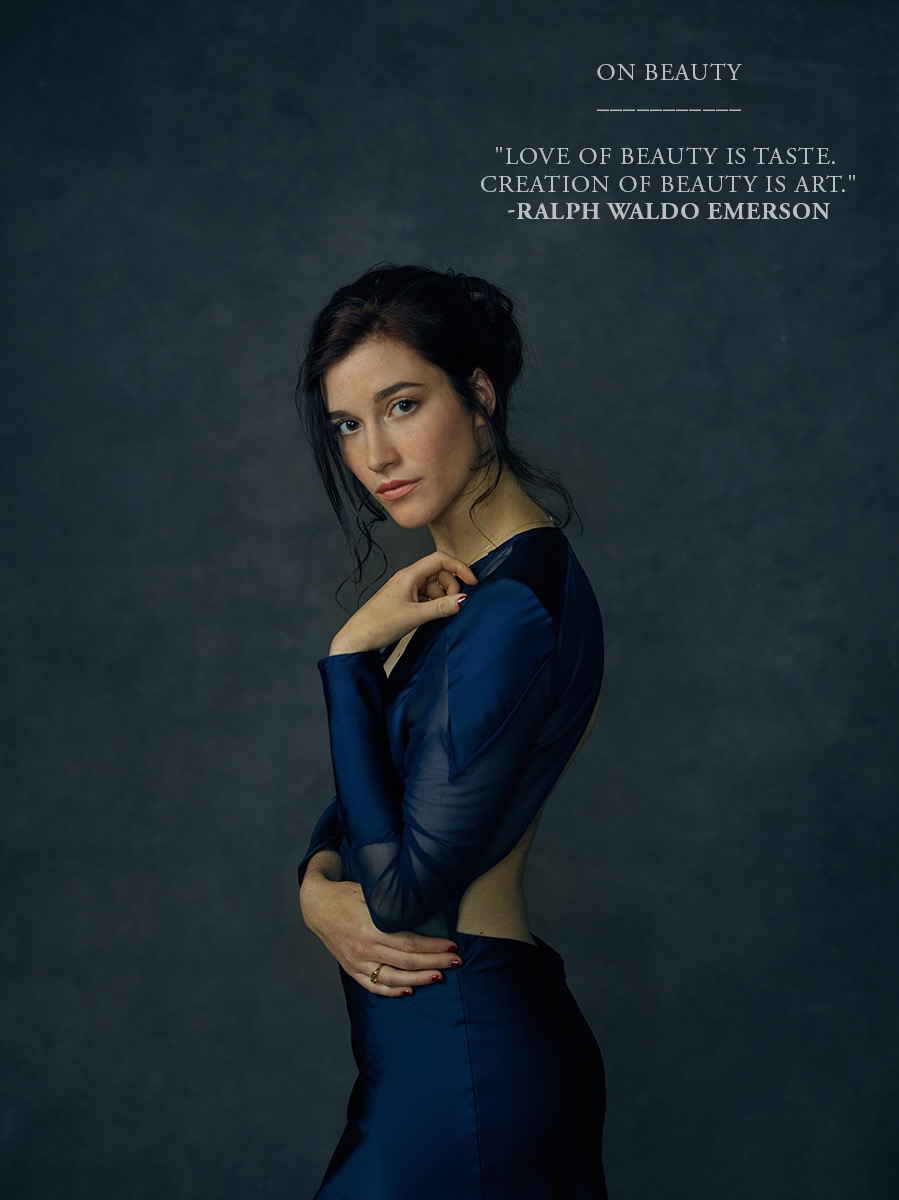
Phaseone 645 XF with IQ 260 digital back, 80mm at f /4.5 for 1/200 sec, ISO 100.
A Dash of Salt
My favorite Maldon Sea salt is used by world-class chefs as a way to naturally enhance flavors of food without bitterness. I found out about it reading The 4-Hour Chef in which Tim Ferriss creates a simple path to cooking like a pro.
A little salt goes a long way. Too much, you stand ruining the dish.
What does studio lighting and cooking have in common you might ask?
Turns out, a ton.
The mark of a signature dish is no different than a creating a unique photography style. No one wants to become a copycat. No one. You take a recipe and make it your own. Like this:
You see an image you like. You learn how it was created. You copy it, well. Then you go and make your own. Share. Reflect on what works, what doesn’t. Repeat.
This has always shaped my progression on developing a photographic style. All artists are influenced by others. We don’t live in a vacuum; It would just be too hard to breathe.
Attending Felix’s workshop offered me an opportunity to learn how he makes his images. While on-axis fill was a term new to Felix, he knew the approach like the back of the hand. Bath the subject is soft, beautiful light to establish the minimum amount of shadow detail. Then build the key light around that.
Presto!
Felix’s New Lighting Book (rumor)
Much like Gregory Heisler, Kunze is a photographer’s photographer. Which means if he was to write a book about this workshop, perhaps it would be called:
“Light that Isn’t There: How to Hide Your Key with Your Fill Light.”
I’d buy it.
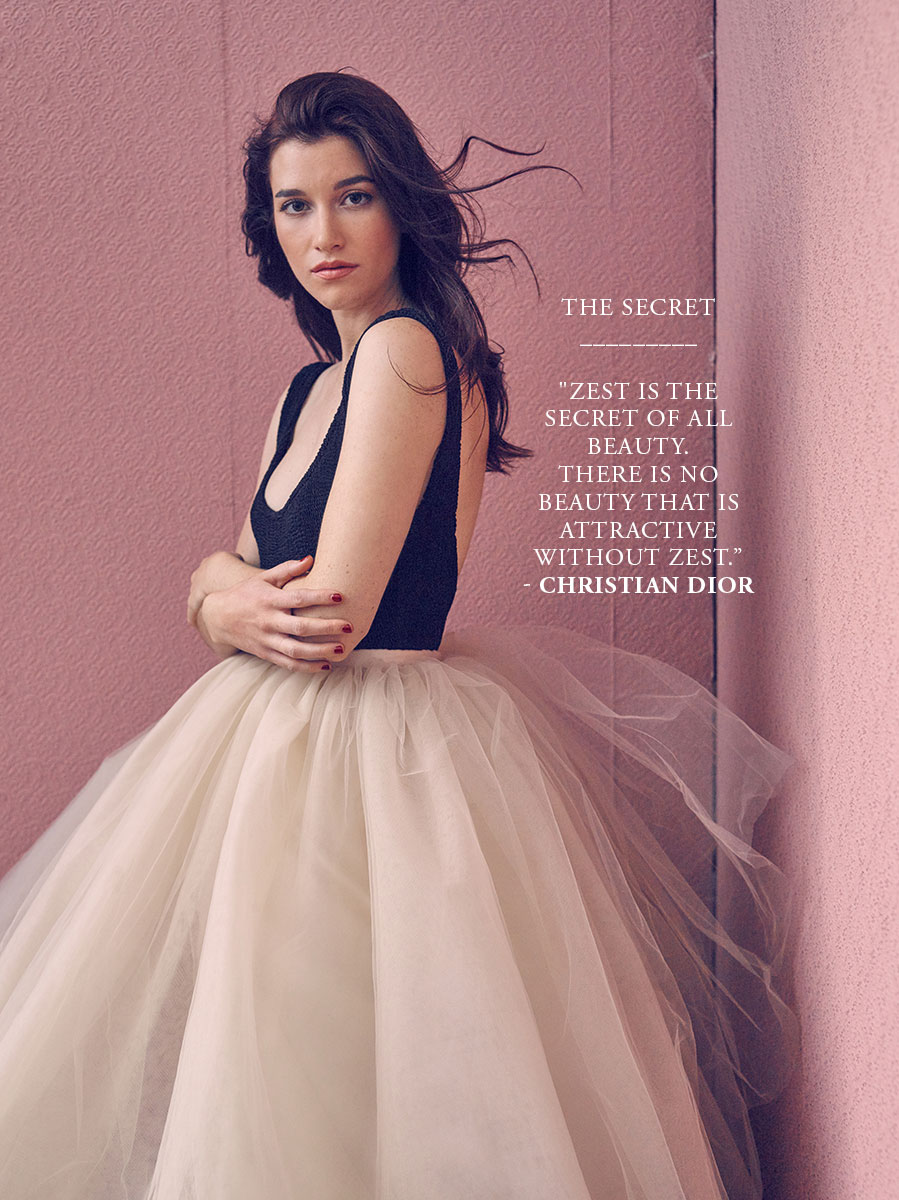
Phaseone 645 XF with IQ 260 digital back, 55mm at f /5.6 for 1/160 sec, ISO 200. Note the native ISO of the IQ 260 is 50, two stops under ISO 200, however to keep things simple when sharing with other attendees we standardized the numbers and kept flash power down and recycle rate up.
A (Light) Lunch Break
Without going too technical, the key for learning for me has always been to experience, explore, and have fun. Workshops really help open the schedule book for that opportunity. And of course paying $1,000 forces me to take notes. Good notes.
On a lunch, my mind wandered on how I could soften the Broncolor Para 88 with a large scrim and study the light fall off.
My takeaway: the bigger the light source, the bigger the wrap!
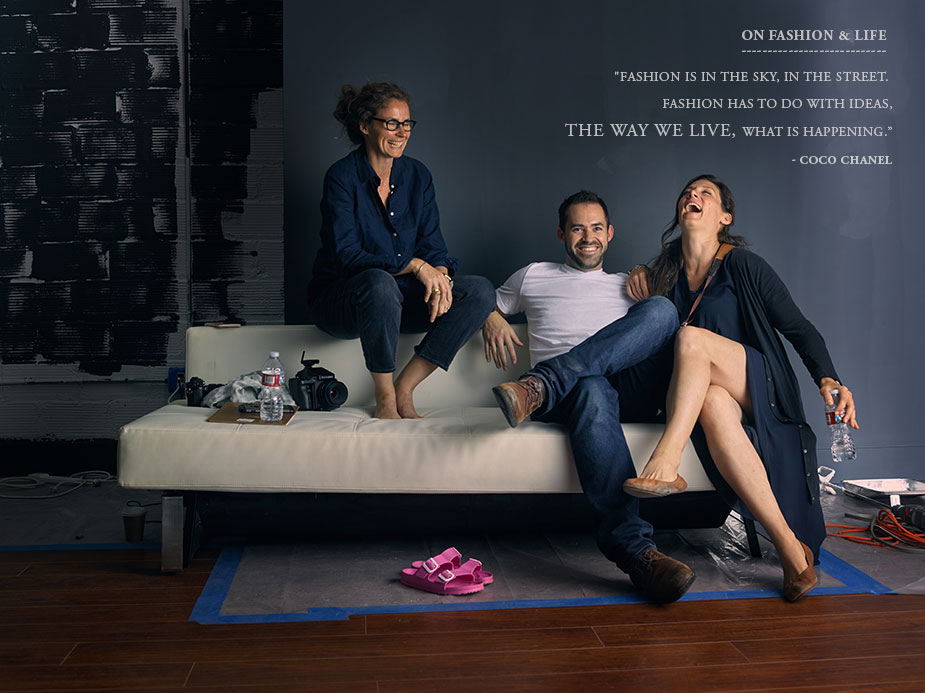
Phaseone 645 XF with IQ 260 digital back, 55mm at f /8 for 1/160 sec, ISO 50.
Because any good studio lighting blog post is made better with a behind-the-scenes glimpse, here is mine from the setup above:
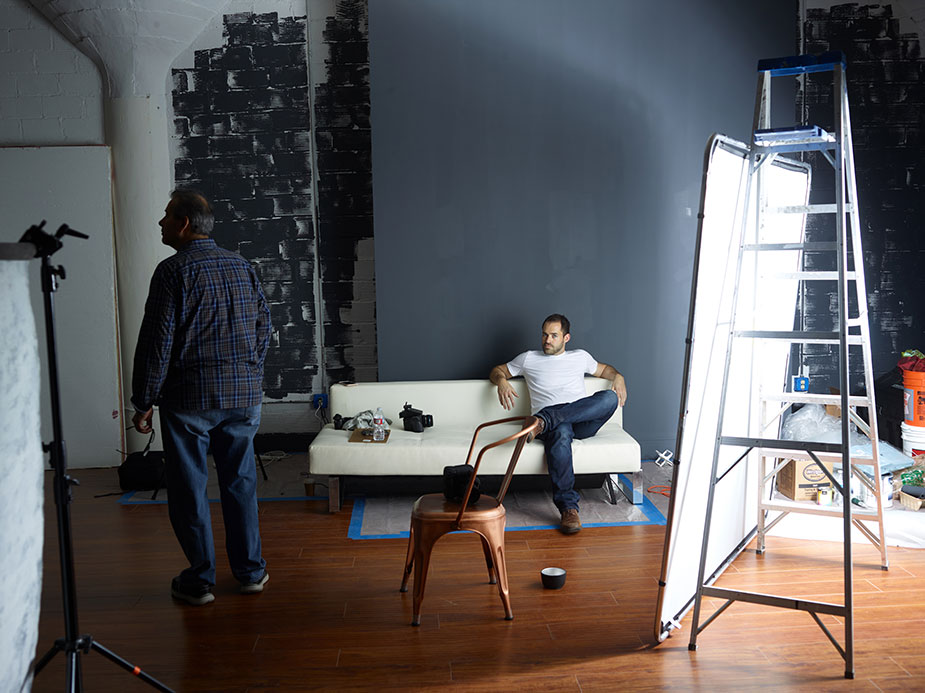
Want to know a few more Felix Knuze-isms?
Click HERE to read the final installment part 3!






One Response to “Really Important Lighting Stuff pt 2.”